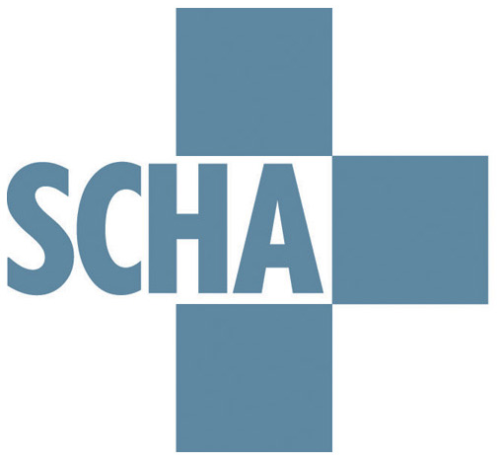Client Overview
The James B. Edwards College of Dental Medicine [CDM] at the Medical University of South Carolina [MUSC] is the only dental school in South Carolina and is regarded as one of the most respected dental schools in the country. Despite the College’s strong alignment with MUSC’s academic enterprise, CDM had historically been siloed from the clinical delivery arm of the health system. However, as the health system progressed and adopted a more holistic, multi-disciplinary approach to care delivery, the need for stronger clinical alignment became more evident; and, when CDM welcomed a new Dean in 2017, it likewise adopted a new vision for intra-enterprise integration
The Challenge
Historically, CDM’s clinical business model differed from that of the larger health system: whereas the system focused on maximizing clinical productivity, CDM was much more education-focused. In addition, while the health system aggressively targeted opportunities to across the state, CDM was more hesitant to compete in the local market, in an effort to avoid posing direct competition to its alumni in the community.
MUSC’s governance structure presented an additional level of complexity for clinical alignment: CDM and
the health system lacked a mechanism to collaborate across decision-making bodies, and leadership had little ability to collaborate on strategic opportunities, align effort toward joint priorities, or make shared capital investment decisions to drive economies of scale.
The Solution
KCG was engaged to facilitate the development of clinically-focused strategic initiatives to strengthen alignment across CDM and the health system. Engaging a Steering Committee of clinical leaders from across the enterprise, KCG facilitated a series of exercises to assess the current environment and establish future state objectives, culminating in five high-level ‘strategic intentions’ that would deliver stronger, inter-enterprise alignment. These strategic intentions [illustrated below] addressed the most pressing and highest value opportunities, while minimizing disruption to existing operations and internal best practices.
Using these strategic intentions as a guide, KCG solicited feedback from a broader group of subject matter experts to inform tactical opportunities for improvement and/or new program development. Upon receiving 40+ project recommendations, KCG and CDM leadership distilled these ideas into 20 unique, actionable alignment initiatives.

These initiatives were then systematically prioritized and arrayed in a finalized Strategic Roadmap – an actionable workplan that helps guide tactical initiative implementation and drives accountability and momentum throughout the implementation process, which was adopted as a priority by the MUSC Board of Trustees. To ensure change adoption, KCG worked with senior leadership of both organizations to establish initiative-specific workgroups and appointed dual workgroup leaders – one from CDM and one from the health system – to serve as the ambassadors for the implementation of the initiative.








